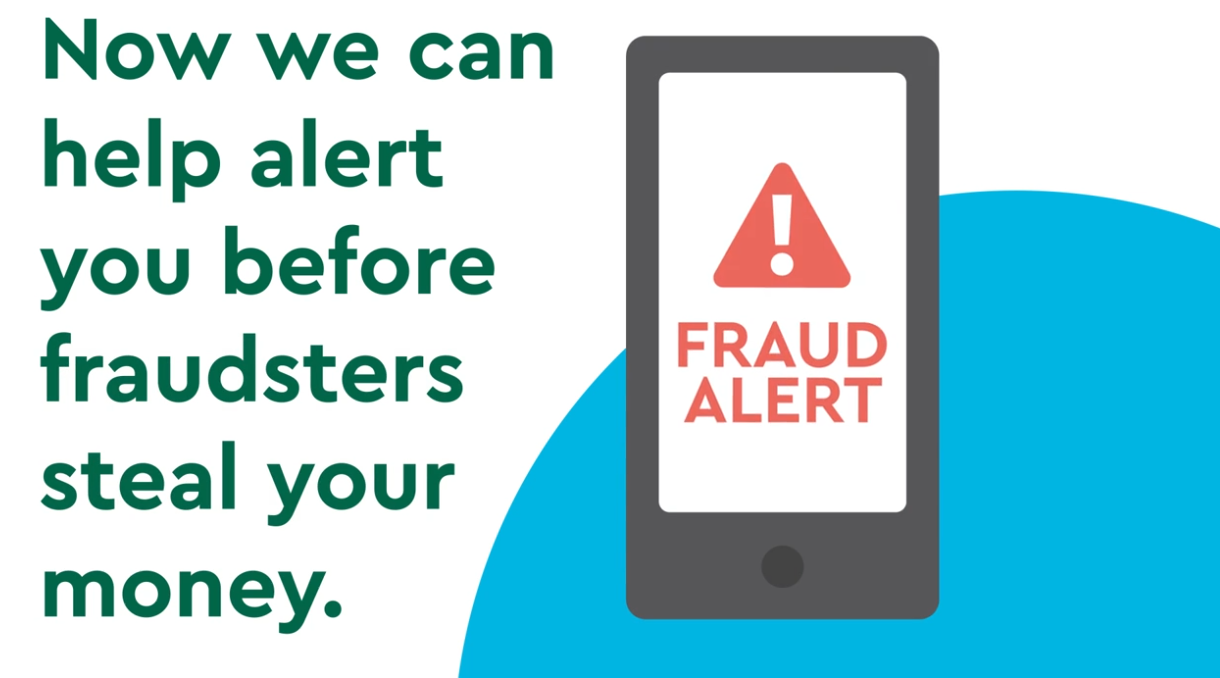Using Bank Customers Feedback to Curb Check Fraud?
- Commerce Bank is introducing a new alert via text for potentially suspicious check activity
- Texting seems to have emerged as best and most efficient method of contact
- Input from customers will be used to help fortify the system
Commerce Bank has developed an innovative Texting for Check Fraud program that alerts customers of potentially suspicious check activity. The bank uses advanced fraud detection tools to quickly identify suspicious checks and sends a text message to the customer's registered mobile number.

This is how it works:
- Customers receive a text from the number 28234 if suspicious check activity is detected
- Customers can then immediately review the check image and confirm if the check is legitimate
- The program aims to provide earlier notification of potential fraud to help resolve issues faster
“Texting is a preferred communication method for many Commerce Bank customers,” says Casey Morgan, director of retail operations, Commerce Bank. “It seems to be more efficient and effective than a phone call, and it gives customers earlier notification of a possible problem so we can resolve it for them faster,” he adds.
This strategy is a topic we discussed recently, where Daniel Shkedi, Head of Product Marketing & Strategy at Refine Intelligence, outlined some of the benefits:
Direct engagement with customers through in-app pushes, SMS messages or omnichannel communications is extremely important in combating check fraud for several reasons:
First, it dramatically reduces the time it takes to gather critical information from the customer regarding a suspicious check, allowing both sides to take prompt action in confirmed fraud cases.
Second, direct engagement provides an opportunity for financial institutions to educate customers about emerging fraud trends, best practices for safeguarding their accounts, and steps to mitigate potential risks.
Finally, personalized communication creates a sense of trust and transparency between financial institutions and their customers, fostering a proactive approach to fraud prevention.
Putting the Onus on Consumers
When we examine the program, it seems like a solid method to help curb check fraud. Consumers are the ones that know when they write a check, to whom, and for how much. Only they can truly verify a check payment for accuracy.
However, there are several pitfalls that we cannot ignore.
First, Commerce Bank does admit that mobile numbers -- an essential part of the program -- are not always available within customer profiles.

“If we don’t have a customer’s mobile number on file, or if the customer doesn’t respond to the text, we will attempt to call them,” says Bob Wessler, Risk Advisor. Account holders can confirm their contact information on our mobile app, online, by visiting a local branch or by contacting us.
We also note that there are other pitfalls that will most likely occur:
- Customer inundated with too many messages: customers receives dozens to even hundreds of notifications daily.
- Customer may miss the notification: is the policy clearly defined on what actions occurs if a consumer does not respond? Does the onus now transfer from the bank to the consumer if it is a fraudulent activity?
- Increase calls to banks: Inevitably, a portion of these consumers will reach out to the FI to question the transaction. FIs will need to be prepared on their end to handle the incoming inquiries.
- Notifications interpreted as fraud: Oddly, a notification that is alerting fraud can be mistaken for a fraud attempt. Many consumers are wary of receiving SMS messages, even if they are legitimate communications from their FI. This confusion could lead to customer dissatisfaction.
Finding Success: Blending Technology with Consumer Feedback
We applaud Commerce Bank for moving forward with their strategy to get consumers involved in the fight against check fraud. They have the most knowledge of their transactions and provide invaluable feedback.
However, it will be all for naught if banks are not deploying the right technologies to notify the consumers on fraudulent transaction. And, if the technologies are not accurate, it can inundate the consumer with a number of false positives.
FIs must blend technologies -- such as behavior analytics, image forensic AI, consortium data, and dark web monitoring -- to ensure that only fraudulent check transactions are flagged -- to avoid inundating fraud reviewers or consumers with false positives.